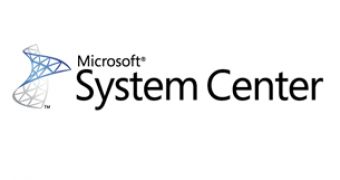A couple of days ago, Systems Management Server 2003 has come to the end of mainstream support. SMS 2003 is in this regard, following the same path of Product Lifecycle as other technologies from Microsoft. “This is a natural transition for every Microsoft product,” assured Jeff Wettlaufer, sr. technical product manager System Center. Moving out of mainstream support means that SMS 2003 now enters what Microsoft is referring to as Extended Support.
This means that customers still running SMS 2003 will be able to continue tapping Microsoft for paid support (per-incident, per hour, and others); receive security updates as well as non-security hotfixes. However, as mainstream support has ended, the Redmond company will stop offering customers no-charge incident support, or honor warranty claims or design changes and feature requests.
“SMS 2003 has been an incredibly popular product, and has been considered the most widely deployed management tool in the world. Many customers who at some time were running a version of SMS have since migrated to Configuration Manager 2007, but we recognize this is not the case for everyone,” Wettlaufer stated.
Even with Extended Support available for SMS 2003, Microsoft is advising customers to make the jump to System Center Configuration Manager 2007 as fast as possible. System Center Configuration Manager 2007 R3 will make its debut into Beta soon, according to Wettlaufer, a situation which will provide companies still running SMS 2003 with an excellent opportunity to test and plan the migration to the latest release of the platform. However, customers determined to ride SMS 2003 for all it’s got will be able to do so until January 13, 2015, when Extended Support will also expire, after which Microsoft will no longer provide any sort of support for the product, and especially no security patches.
“The industry has moved at a pace unparalleled by most. Technology has accelerated in capability, adoption, depth, breadth, and complexity. From a management perspective, the landscape configuration management technology embraces has grown from basic inventory and software distribution to new areas like OS deployment, Virtualization, Asset/ Performance and Workflow management, data protection, NAP and model based configuration management. In addition to capabilities, new working styles, scenarios, users (Gen ‘Y’) and security models have become daily routine for Administrators,” Wettlaufer added.

 14 DAY TRIAL //
14 DAY TRIAL //